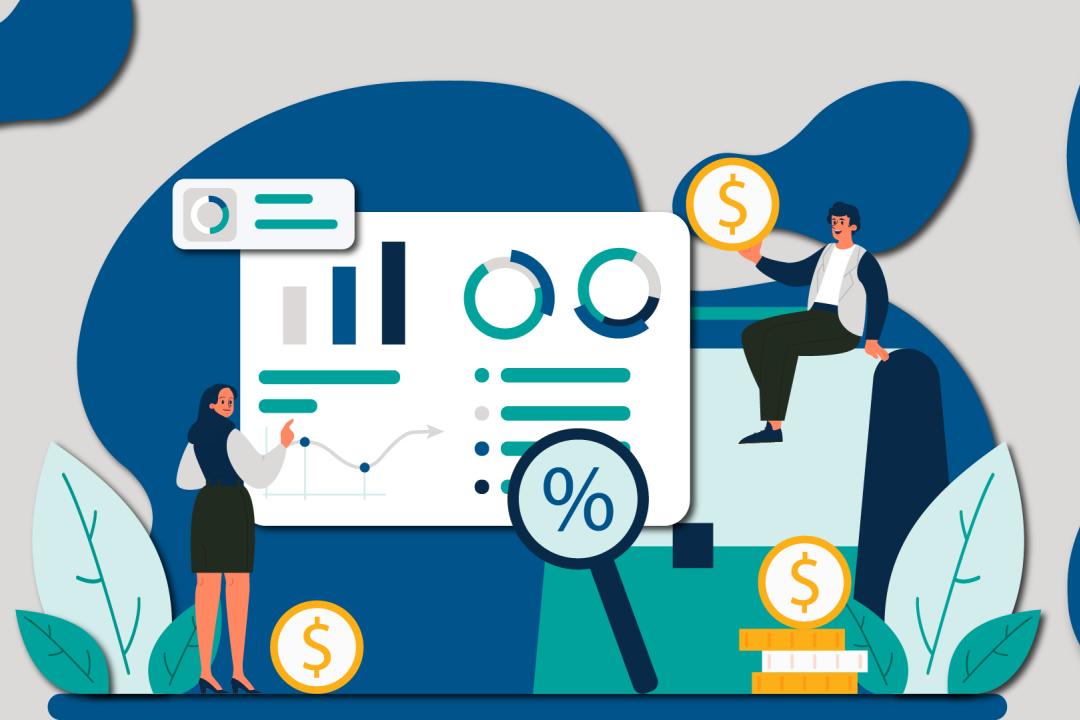What is a Year of Enrollment Portfolio?
What is a Year of Enrollment Portfolio?

What is a Year of Enrollment Portfolio?
- min read
If you’re like many parents and caregivers, you’re busy. The thought of managing an investment portfolio for your loved one’s future education may not sound like a super fun thing to add to your to-do list. Don’t worry. We get it.
We know that choosing investment options can be overwhelming, but The Education Plan® can help make it easy. We offer a range of professionally managed investment options to fit your needs and risk tolerance, and you can choose how hands-on or hands-off you want to be with your investments.*
Choosing a 529 Investment Portfolio
Before you invest, you’ll want to consider two main things:
-
Your education savings goals. Whichever portfolio you choose, the funds in a 529 account with The Education Plan can be used for a variety of educational needs, including K-12 tuition, college tuition, apprenticeship programs, graduate school, medical and law school, and more. Consider how and when you will use the funds in your account.
-
Your risk tolerance. Many families investing in 529 plans for future education want to strike a balance between playing it safe and aiming for growth. New parents probably have a very different education savings strategy than those whose children are closer to college age. When their children are young, parents may prefer more aggressive investments that offer a higher potential for long-term growth as well as risk. As their children approach college age, these same parents may choose more conservative investments that prioritize preserving their savings. Our Year of Enrollment Portfolios can help you manage your funds with this approach in mind.
*Investment returns will vary depending upon the performance of the investment portfolios you choose. You could lose all or a portion of your money by investing in The Education Plan depending on market conditions. Account owners assume all investment risks as well as responsibility for any federal and state tax consequences. We recommend consulting with a financial, tax or other advisor about your specific situation before investing.
At The Education Plan, there are three basic portfolio options. These include:
Individual Portfolios Generally, this approach is for investors who are comfortable selecting their own investment strategy and prefer more control over their investments. Five individual portfolios are available to create your own personalized investment mix.
These portfolios consist of a single underlying fund comprising a mix of similar investments and risk levels: U.S. equity (stock), Bonds, a Short-term Treasury portfolio, a Responsible Equity Portfolio, and a Capital Preservation Portfolio. Additional information on these funds, portfolio fees, and more is available on The Education Plan's website.
Allocation Portfolios. The Education Plan offers eight allocation-based portfolios consisting of a mix of underlying funds designed to match a desired risk level.
Year of Enrollment Portfolios. This approach is based on the beneficiary’s year of enrollment. It consists of a blend of investments, assuming enrollment at age 18, that automatically changes to match the shortening time horizon and appropriate risk levels.
How Year of Enrollment Portfolios Work.
The Education Plan offers 11 different Year of Enrollment portfolios based on your beneficiary's anticipated enrollment date. The enrollment date is the year you anticipate your loved one will need to start using the savings in the account.
Investment options include funds focusing on a mix of U.S. stocks, fixed income, real estate, and capital preservation. You can see pricing and performance information on all available funds before you make decisions on how to invest.
If you choose the Year of Enrollment portfolio option, simply select the year you believe your beneficiary will need their savings for future education. For example, if you're opening a plan for an infant born in 2024, their anticipated year of enrollment would be 2042, when they turn 18.
Year of Enrollment portfolios are designed to make investing for your loved one’s future education easier. These portfolios will automatically rebalance your investments, opting for more conservative investments as your loved one’s age of enrollment approaches.
You can see the glidepath that is used to adjust the investment mix for a time horizon of 17-18 years. Visit our Investment page to see an interactive glide path that allows you to see how your portfolio's investment mix will change over time.
It’s Never Too Early or Too Late to Start Saving.
The best time to start saving for future education is now. It takes about 15 minutes to start saving with a 529 account with The Education Plan. You'll need the following information to get started:
-
Beneficiary’s Date of Birth
-
Beneficiary's Social Security or Tax Identification Number (TIN)
-
Your Social Security Number
-
Your U.S. Street Address (not P.O. Box)
-
Your Bank Routing Number
Ready to start saving? Sign up for an account today!

Recent Articles


A College Savings
Award Program
The deadline to apply for the Saving for Success Award is December 21, 2022.
APPLY NOW







